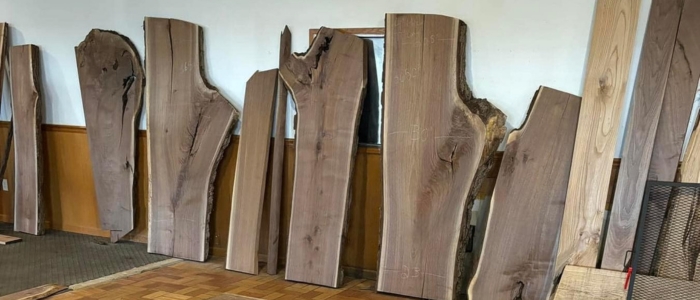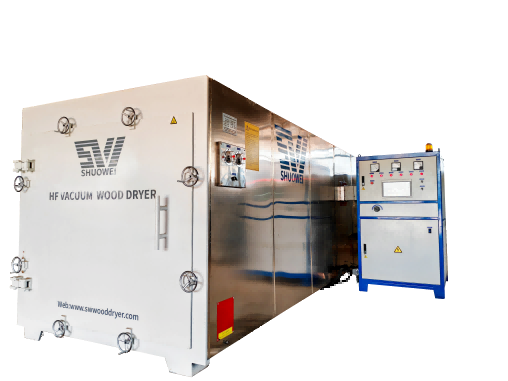With the progress of society, people advocate nature. Returning to nature is becoming more and more urgent, which makes wooden furniture, wooden buildings and decorative materials popular.
It is estimated that the world’s sawn timber production and consumption will expand in all regions in 2030, with a total of about 600million m3 in the world. Russia, Eastern Europe and South America are the regions and countries where sawn timber production is expected to increase significantly.
How to reasonably and effectively use the Limited wood resources is more important. Wood drying is an very important basic links to ensure wood products quality, reduce wood material waste and improve wood utilization. Meanwhile wood drying is also the most energy consuming parts of the wood production process.Therefore, the goal of wood drying is to speed up the drying speed and reduce drying costs on the basic of ensuring the drying quality.
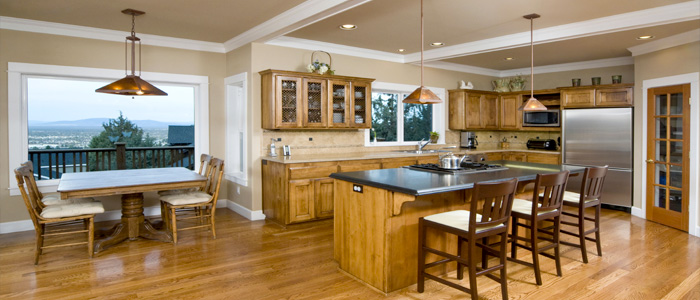
The main industrialization wood drying methods in the world are conventional drying kiln, high-temperature drying machine, dehumidification drying kiln, solar drying, vacuum dryer, high-frequency drying, microwave drying and flue gas drying.
Conventional drying kiln’s principle is use hot water, furnace gas or hot oil as source to heat the air, and use fans to blow hot winds to heat the wood. Usually the temperature is lower than 100 ℃

High temperature drying: The drying medium temperature above 100 ℃. that belong to high temperature drying. The drying medium is atmospheric superheated steam or wet air, but most of it is atmospheric superheated steam. Both conventional furnace gas drying and flue gas drying are equipped with combustion furnaces that burn wood waste (or other fuels), using the flue gas generated by combustion as the heat source. However, flue gas drying is built by indigenous method, which heats and dries wood by flue gas generated by fuel combustion. It is the primary stage of furnace gas drying.
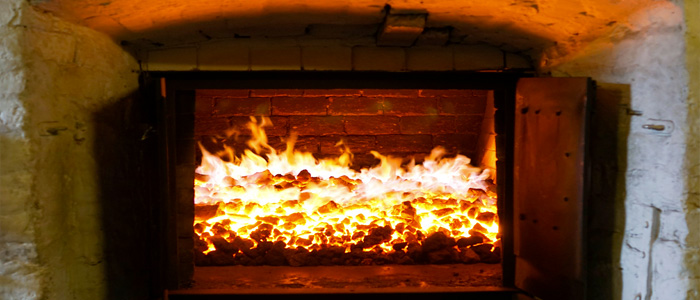
Dehumidification drying is also named heat pump drying. The drying medium is same with conventional drying, which is use wet air. The difference between the two is the dehumidification method of air. Conventional drying is belong to air open circulation, a part of humidity hot air will discharged regularly from the drying room to exchange equal amount of cold air from the outside, It will loss heat during ventilation of conventional drying. Dehumidification drying is belong to closed circulation, the wet air passes through the refrigeration system of the dehumidifier, cooling and dehumidification – heating – and then returns to the drying room. The heat released during dehumidification of wet air depends on the recovery of refrigerant and is used to heat the air. Therefore, the energy-saving effect of dehumidification and drying is relatively obvious. Compared with steam drying, its energy-saving rate is generally more than 40%.

Both high-frequency and microwave drying kiln’s principle is use wet wood as the dielectric. Under the action of alternating electromagnetic field, the water molecules in the wood rotate at high speed and frequently. The friction between the water molecules generates heat, which makes the wood heat and dry from inside to outside at the same time. Fast drying speed, uniform temperature in the wood, small residual stress and high quality are the outstanding features of high frequency and microwave drying. But there are also difference between the two methods high-frequency is belong to low frequency, long wavelength and deep penetration into wood, which is suitable for drying thick wood with large section. The frequency of microwave is much higher than high frequency (also known as UHF), but the wavelength is shorter. Microwave drying speed is faster than high frequency, but the penetration depth of wood is not as good as high frequency drying.
In the vacuum environment, because the water vapor pressure difference inside and outside the wood, It will faster speed of water out of the wood. Vacuum will lower water boiling point, so wood drying is at lower temperature with short drying cycle, low drying stress and good drying quality.

Solar energy drying of wood generally uses solar energy to directly heat the air, and relies on fans to circulate the air between the solar collector and the pile of wood in the drying chamber. There are generally two types: Greenhouse (greenhouse) type and collector type. The former integrates the collector and the drying chamber, while the latter adopts a split arrangement of the collector and the drying chamber. Its capacity is larger than that of greenhouse type, and its layout is also flexible. Due to the limitation of climatic conditions, solar drying is often widely use and combined with other drying method such as furnace gas, steam, heat pump and so on.
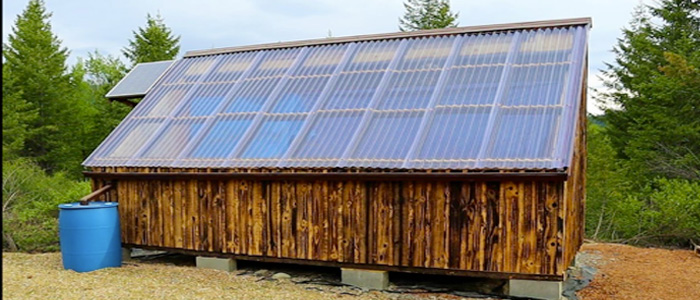
TOP Manufacturers of wood drying machine
Let’s take a look at the top wood drying kiln manufacturers all over the world
The following are the most influential wood dryer manufacturers in the world at present. Due to different drying methods, this ranking is in no order
- NYLE
Nyle began in 1978 with the patenting of the XDH dehumidification system, which became the focal point of the dehumidified wood drying kiln drying hardwood market. It was later expanded to include DH kilns, gas kilns, heat treaters, and other control devices.
- WDE MASPELL SRL
WDE Maspell’s drying technology grades are the result of continuous development and innovation; they have been dedicated to wood drying and heat treatment systems since 1962 and have received 91 international patents.
- Nova Kiln
Nova Dry Kiln is a one-of-a-kind wood drying solution in the industry. Their drying methods improve wood quality, longevity, and ease of use. Nova Dry Kiln has always provided excellent customer service and technical support to their clients.
- American Wood Dryers, LLC
American Wood Drying Kilns, Inc. has been manufacturing efficient drying kilns for the wood drying industry for over 30 years, and their equipment is widely used in a variety of locations. From small batch drying kilns to high production kilns. Hot water, steam, thermal oil, and natural gas are all used in their drying heating systems.
- Wellons
Wellons has more than 50 years of experience in drying technology and has been providing effective drying technology for wood drying, Wellons offers a choice of continuous and intermittent kiln drying systems that offer significant advantages over conventional kilns in meeting customer throughput requirements and improving recovery rates.
- Muhlbock
Kurt Mühlböck was founded in 1982 and developed the first kiln for low temperature drying of hardwoods in 2006. Mühlböck has always placed a priority on the advancement of wood drying technology; they continuously innovate and improve and occupy a distinct niche in the industry. They can dry high-quality products, and their energy-efficient systems are an added bonus.
- SII dry kilns
SII dry kilns have been in business since 1969 and have an excellent reputation in the timber industry for quality kiln design, manufacture, installation and service, but also for their continued education in timber drying, SII mainly produces traditional complete kilns, track kilns and other types of dryers.
- Hebei Shuowei Metal Manufacturing Co.,Ltd
Among industrial timber, hard broad timber, difficult to dry timber and fast-growing timber prone to drying defects will gradually increase. When heated at high frequency, the temperature distribution in the timber is relatively uniform, and the stress and deformation are very small. Therefore, this kind of timber with large section drying has its advantages, so it has a certain development prospect. In recent years, due to the advantages of both high-frequency and vacuum drying, it can quickly dry thick and difficult to dry materials at low temperature, so it has a good prospect of industrial application. With more than 30 years of experience and technology accumulation, Shuowei high-frequency drying machine has been at the leading level of high-frequency drying technology
- IDRY
The iDRY kiln’s primary drying technology is the use of a vacuum process that creates pressure gradients on the outside and inside of the wood. By reducing the difference between the external and internal moisture content of the wood during drying. The internal moisture content of wood is usually much higher than the external moisture content.
- KDS Windsor
KDS Windsor was founded in 1992 and specialises in the manufacture, fabrication and installation of intermittent and continuous wood drying kilns and wood treatment systems. The kilns are mainly supplied to manufacturers of hardwoods and softwoods.
From the current situation and development trend of wood drying in the world, conventional drying is still dominant at present and for a long time in the future. Dehumidification (heat pump) drying, vacuum drying, microwave and high-frequency drying and solar drying will all develop to a certain extent within their respective scope of application. Various combined drying technologies are the focus of future development. The large-scale and specialization of wood drying production is one of the development directions in the future. Energy saving and environmental protection of wood drying will be paid more and more attention. In the future, the development of wood drying technology depends more on the theoretical research and high technology of drying. At the same time, the implementation of high-tech also depends on modern information management system. In short, modern wood drying technology is a multidisciplinary system engineering, which needs to be jointly tackled and constantly improved.

